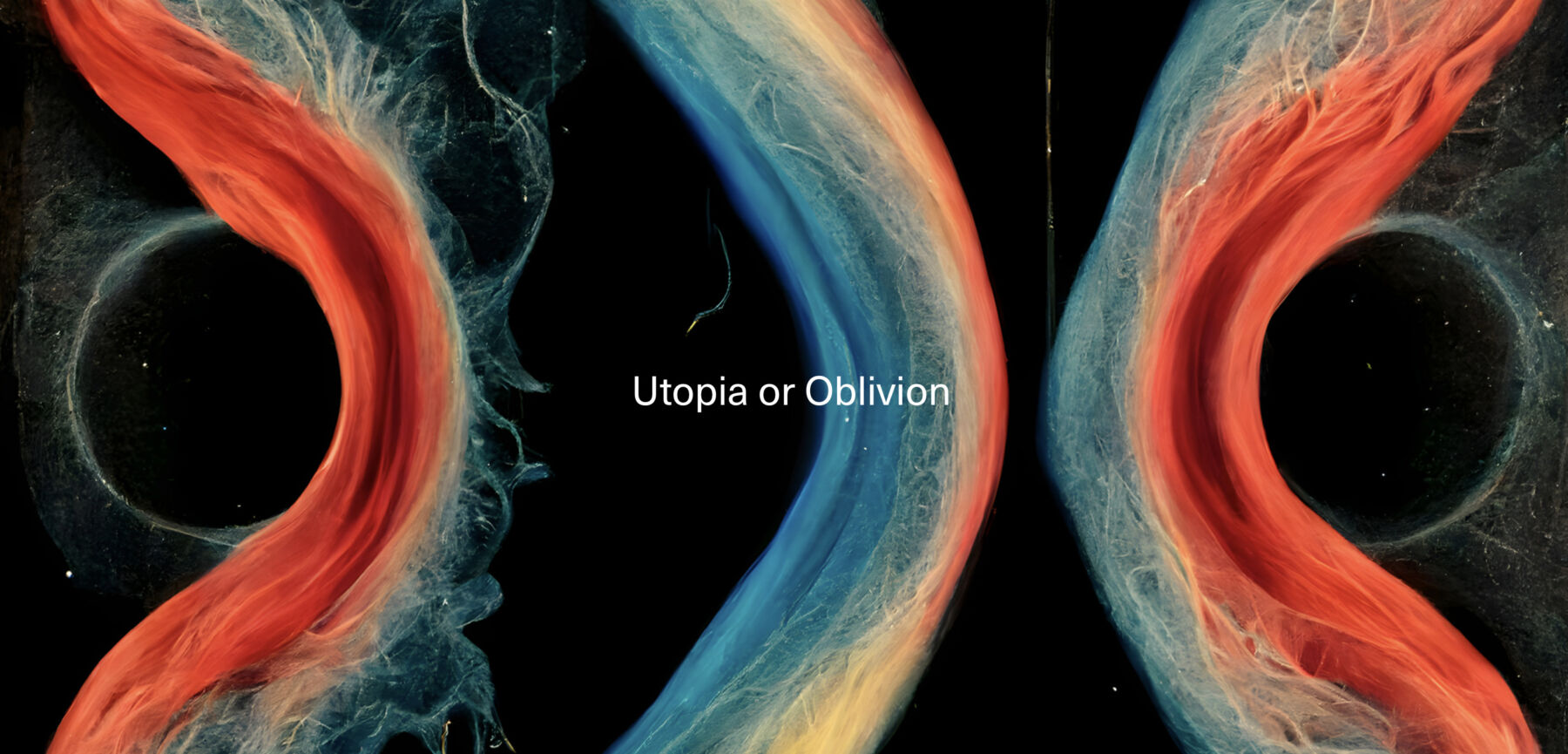Text by Agata Kik
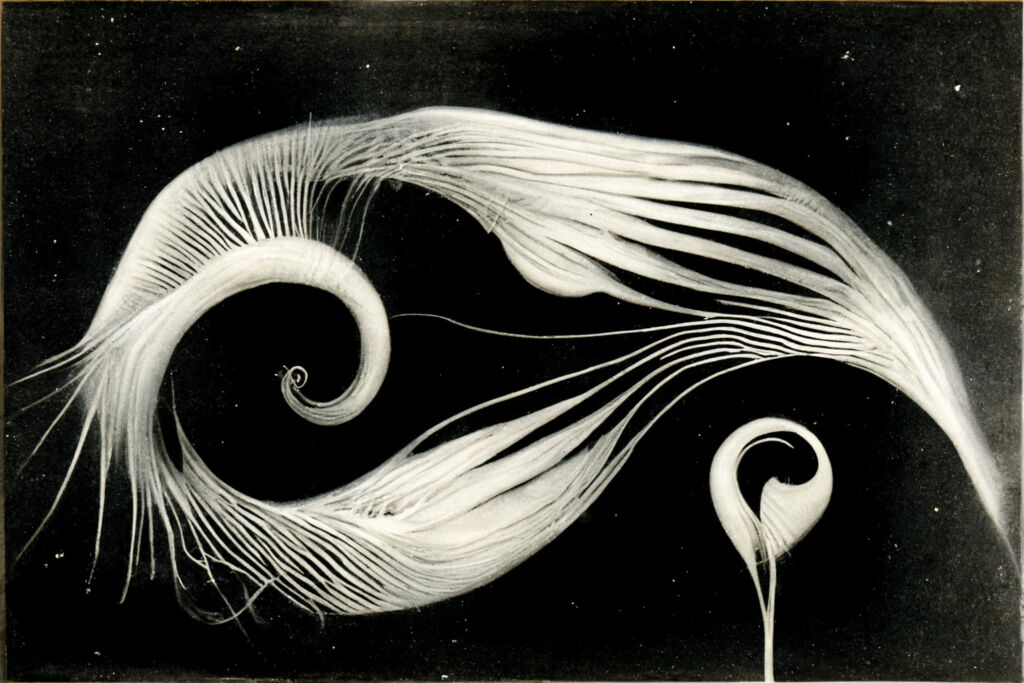
Marking the 60th anniversary of the celebrated work Utopia or Oblivion, written by the renowned polymath R. Buckminster Fuller, the record label Constructive released in April 2023 a music compilation under the same title.
Utopia or Oblivion is a collection of sound works that respond to Fuller’s essays, featuring 10 pioneering experimental artists. A contemporary of John Cage and Isamu Noguchi, the American engineer, architect, and futurist R. Buckminster Fuller famously developed the geodesic dome. Having published more than 30 books, he also coined terms such as ephemeralisation, synergetic and Spaceship Earth.
Musician and composer Adrian Corker, who also co-runs the Constructive label, admits he always wanted to do ‘something’ about Fuller and shares that Having read more about him, he did things that I am also not so happy about, such as his work with the military. However, his ability to work in many areas and to blur the lines between art and science always appealed to me.
Artists featured by Constructive on Utopia or Oblivion have extensively experimented with technology sharing their scientific speculations sonically. Mixing melody with dissonance, the tracks sonorously switch between harmony and cacophony, tuning in to then suddenly stay out of sync; finding melodiousness in polyphony; musicality in the machine; excavating affect from the non-living.
Utopia or Oblivion questions the ways we use technology, while with curiosity, the artists search for ways out of the damaged planet with their extra-terrestrial sounds reenacting the plenitude of possibilities in the listener’s ears. Utopia or Oblivion seems to take one on a journey way above the ground, exploring the still unexploited terrain beyond the earth. The gathered artists point to Fuller’s engagement in environmental activism and the term ‘ephemeralisation’, which Fuller coined himself, and that some have defined as ‘doing more with less.’
Reflecting on the use of technology, artist Paul Prudence, combining automatism and writing as part of the Utopia or Oblivion ongoing project, suggests that technology cannot win society its utopia alone, even though aspects of progressive technological advances will contribute to parts of that utopia if indeed it is feasible. If anything, techno-utopianism can only fail. Though its advances have given us great gains, it has also positioned us upon a precipice looking down over a dystopian abyss. So technology, paradoxically, brings us both our utopias and oblivions simultaneously, and often at the same time.
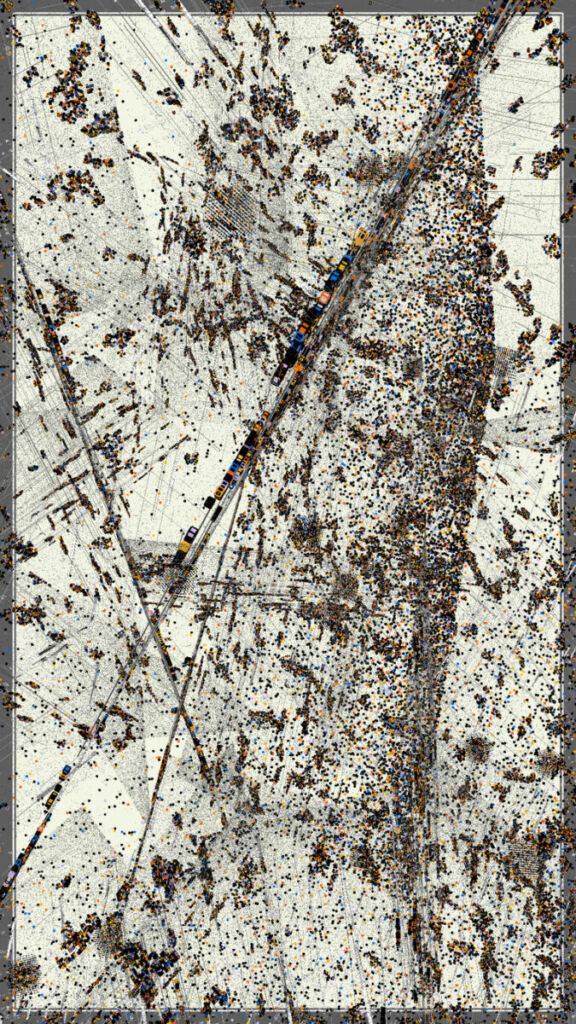
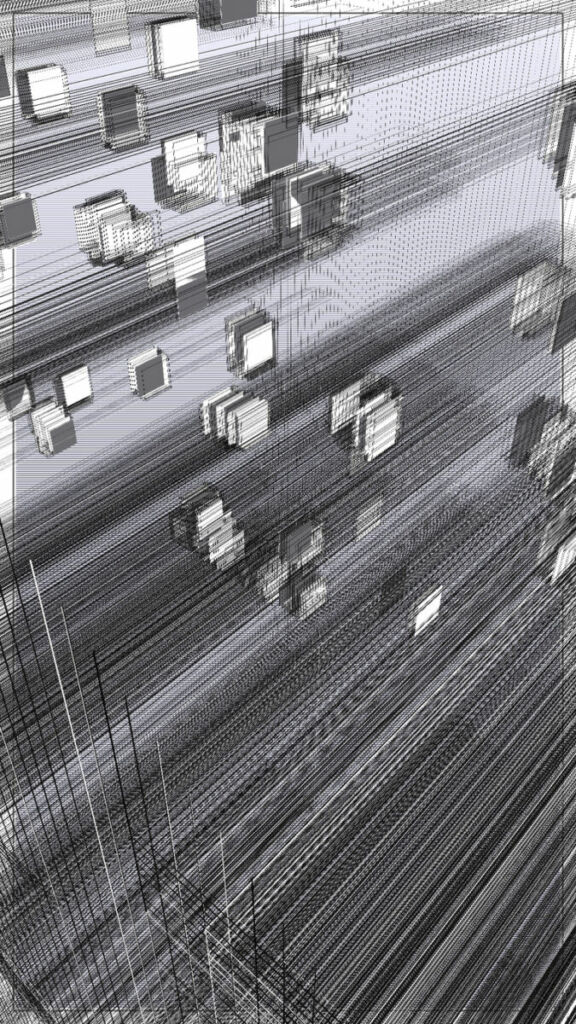
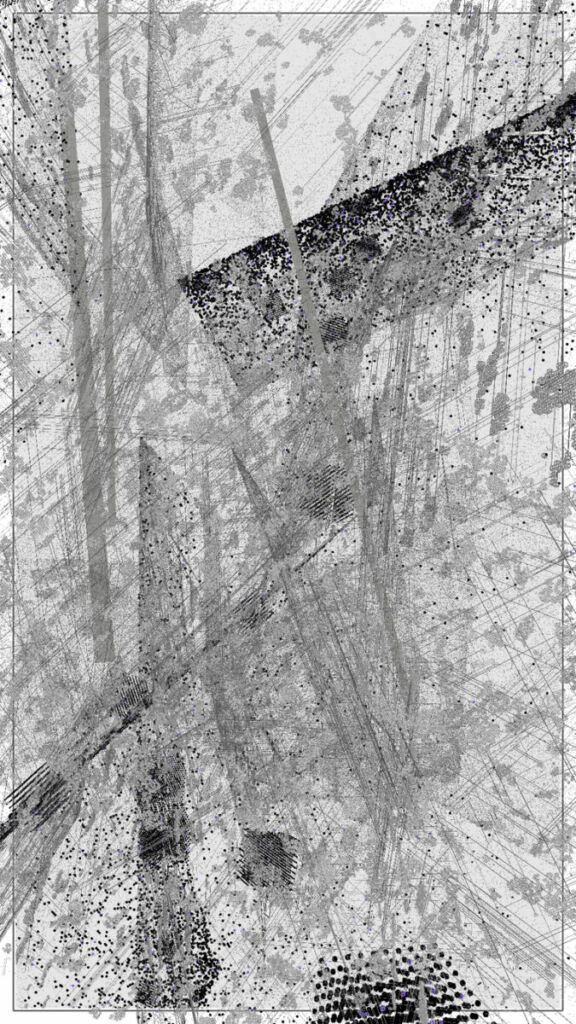
The music album starts with a track titled ‘How Would I Be? What Would I Do?’ by German artist Robert Lippok. Slicing sonic sheets of smooth textures with animated notification-like signalling, the artist expresses doubt and potential for abundance.
The opening piece lets one immerse in the totally unknown space, where matter seems not to retain its weight; where physically ceases to be a constraint; and where to change dimensions of existence is so straightforward that thought manifests movement in its immediate intentionality.
From such a disembodied soundscape of inorganic timbres and rhythms, London-based artist No Home takes one back to the body. While using polyphonic singing with voice, they give testimony to human presence and that seems to win its agency through worshipping whines or luminous lamenting. Then suddenly, straight after that, British sound artist David Prior surprises the listener, who immediately hits the ground hard while suspended in the pulsating sonic space.
With an avalanche of high-tech textured reverbs, Prior recreates an intrinsically material environment consisting of solid objects entangled within an interplay of forces of gravity. Enlivened by specific sounds, the solids collide, slide, fall and rise. The track is titled ‘Thinking Out Loud’ and suggests matter turns the mind.
Beyond the sonic experience, exploring the hyperspatial relation between sound and image, as part of Utopia or Oblivion, there was also a series of 100 NFTs by generative artist Hasaqui Yamanobe published. The artist describes the process in their words: Both sound and visuals can be generated in code by a computer. They can produce outputs beyond the creator’s intent; in NFTs, these outputs can be fixed as works through purchases.
While I believe electronic sounds inherently carry their own sonic images, visual expressions can also portray musical harmony and tension. It’s common in VJing or music videos to sync visuals with music. Still, in this work, I tried to visualize my interpretation of the delicacy of the music compiled on the Utopia or Oblivion album and the sonic images and concepts the artists create.
For instance, I used fine lines that aren’t typically used and kept the colour tones monochromatic. To match the music’s sense of scale, I performed high-load processes in p5.js to create detailed forms. A visual expression that directly synchronizes with the waveforms of music is attractive, but creating works that resonate with the concept of music offers a high degree of freedom and inspiration.
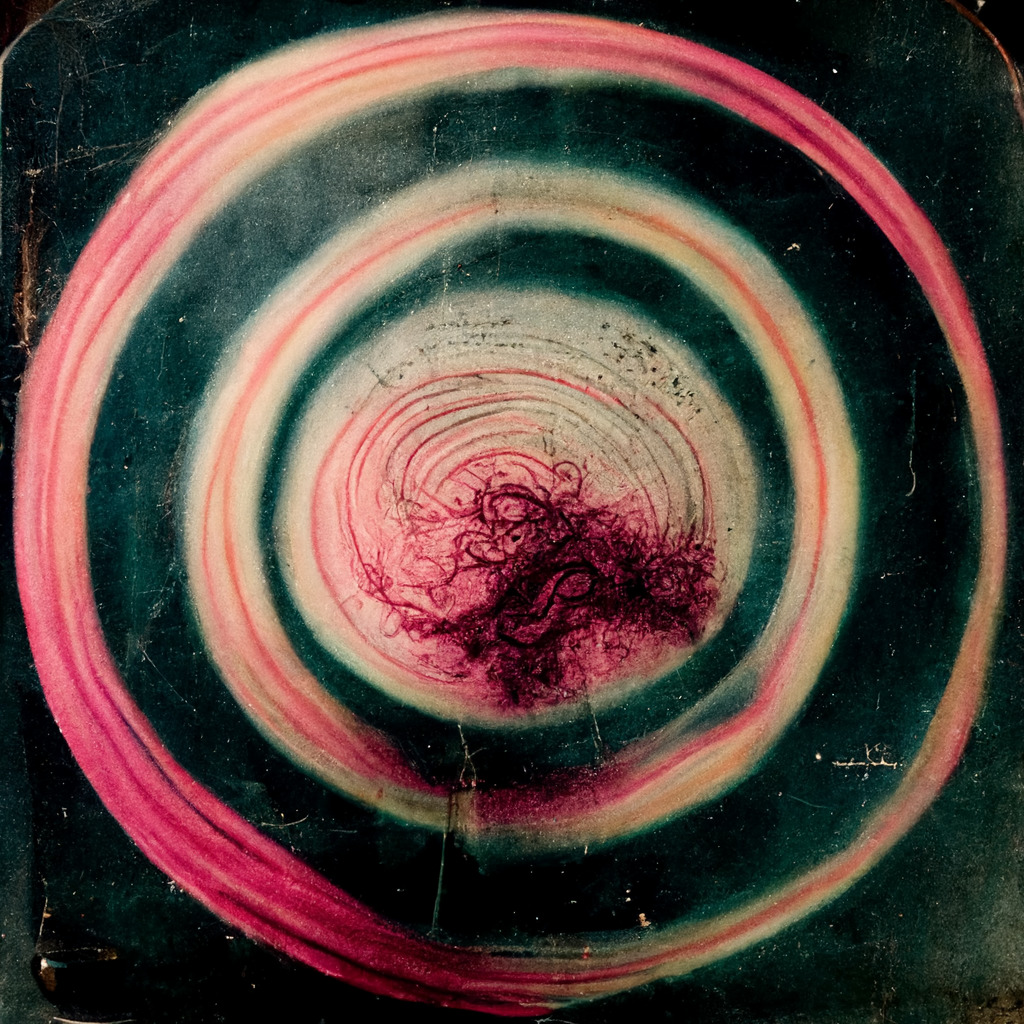

Utopia or Oblivion further investigates the conversation between music and the visual through artwork by Joe Gilmore, who explains: When Adrian Corker commissioned me to design the cover for the LP Utopia or Oblivion, I thought it would be somehow appropriate to use an AI-generated image. I had been experimenting with Midjourney for several months and had a group of images I thought might work.
These were all generated using descriptions of simulations of various differential equations connected to chaos theory. One example is the Lorenz Attractor, a 3-dimensional visual representation of the output of Edward Lorenz’s equations which describe atmospheric behaviour (…). Still, essentially, I am intrigued by the relationship between language (description) and image (reality) and human and machine interaction.
Not only are there physical prints created for Utopia or Oblivion by Joe Gilmore and Paul Prudence, but also to evoke the blockchain fluidity of how work can be linked and move backwards and forwards from physical and digital spaces, Utopia or Oblivion is a website. The online screen-based space acts as a repository and an exhibition with works curated by Gilmore, who further explains:
The artists whose work I selected to be included in this exhibition are all using AI in interesting ways. I invited each artist to share some of their work with me. In most cases, this was work which I had seen before. I then made a small selection from each artist – works which I thought were loosely related to Fuller’s work and, at the same time, revealed interesting approaches to working with AI.
According to Adrian Corker, at the moment, there seems to be quite a strong visual component to the work, which might end up being an exhibition in a real space at some point.

